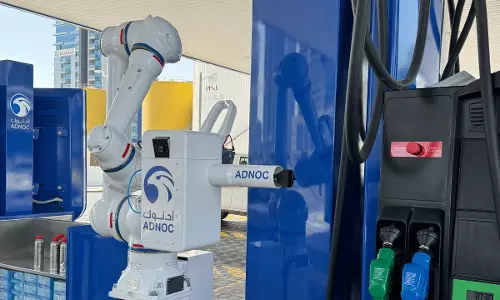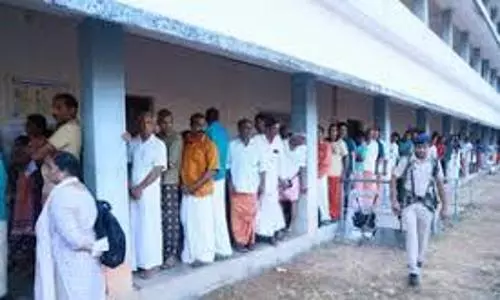
The NYAY promise and Indian realities
text_fieldsFor all the claims of India having become an economic power to reckon with among world's economies, various statistics tell a story that hunger and poverty still keep burning in the kitchen of a major sesgment of the population. In last year's global hunger index table, India stood hundredth. The same report states that the condition of India is worse than some of the countries that face civil war, racial unrest or refugee crisis.
According to the 'World Poverty Clock' index (March 2019), among the countries with the highest number of poor people, India stands just behind Nigeria and Congo. As per another figure of the World Bank, the daily per capita income of 58% of the population is below Rs 200. The Rangarajan Committee appointed in 2012 by the Central government, reported that 29 per cent of the population live below the poverty line. Another report came just a few months ago from Asian Development Bank which stated that the poor segment formed 22 per cent of India's population. If we take these reports at their face value, the conclusion will be that a fifth of the country's population are in the grip of poverty.
Despite various endeavours through different schemes to uplift this section, unable to meet even the basic necessities of life from the abyss of poverty, none of them has met with the desired success due to various reasons. Now, when the Congress party is getting ready to face the election putting forward such a scheme again, it deserves attention more than as a mere election manifesto.
NYAY (Nyuntam Aay Yojana) which Congress president Rahul Gandhi declared as the party's manifesto, is a scheme aiming at poverty alleviation by guaranteeing every citizen a minimum income. This envisages ensuring for 25 crore people (5 crore families), representing 20 per cent of the population, an annual income Rs 72,000. According to the Data Analytics Department of Congress most of the families in India have a monthly income in the range of Rs 4,000-6,000. The goal is to raise this to Rs 12,000.
If the income of a family is Rs 8,000, they will get another Rs 4,000 into their bank account. While informing that the details of the scheme, estimated to cost Rs 3.6 lakh Crore, will be released together with the manifesto, Rahul also claimed that NYAY will make the country free of poverty. At the same time, most of the parties including BJP and a few economic and planning experts have reacted to the scheme as a mere election stunt and a utopian idea. That apart, it is reasonable to see NYAY as quite relevant in its concept.
With the record in front of us of the Congress-led UPA government having made a success of the employment guarantee scheme, which many had judged as destined to fail, there is no reason to discount Rahul's words for now. And it cannot be ignored either that, following the victories in the recent elections in Hindi heart-land states where the Congress won, the party has fulfilled its electoral promises. Besides, some reports say that behind the NYAY scheme, there are brains like Thokas Piketty whom the Economist had called modern Marx.
Even otherwise, schemes that ensure minimum wages to the citizens is not altogether new to the world. Currently it is successfully in force in over 20 countries. India's entry into that level is desirable by any standards.
While backing the NYAY programme at its conceptual and practical levels, several questions lie unanswered about India's poverty. One of them is whether India can be rid of poverty merely through a scheme ensuring minimum wage. This minimum wage will be hardly sufficient to overcome the crisis faced by the country including high maternal and infant mortality rate due to malnutrition.
Given the fact that despite the economic growth achieved by the country, millions of people here are below the poverty line, eradication of poverty call for other policies and programmes too. It will not be an exaggeration to say that the country remains in this state mainly because of economic disparity. About half of the country's wealth lies in the hands of one per cent of the population. In other words, all that the 60 per cent of the population possess is only 4.5 per cent of wealth. This disparity resulted from the corporate-pleasing policies followed by past governments, including that of the Congress, built on a neo-liberal philosophy.
If the real goal is eradication of poverty, election manifestoes should also contain measures to counter such economic disparity. If Rahul makes bold to address that, that may also constitute a recompense for the party's own past deeds.























